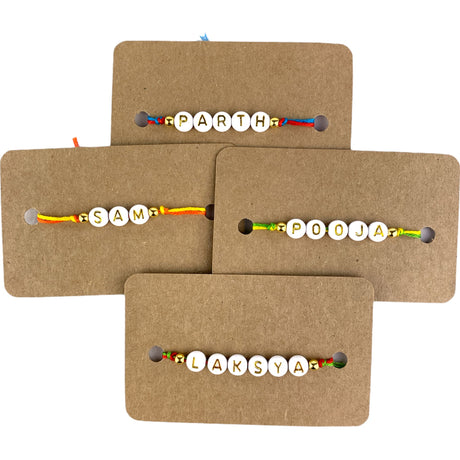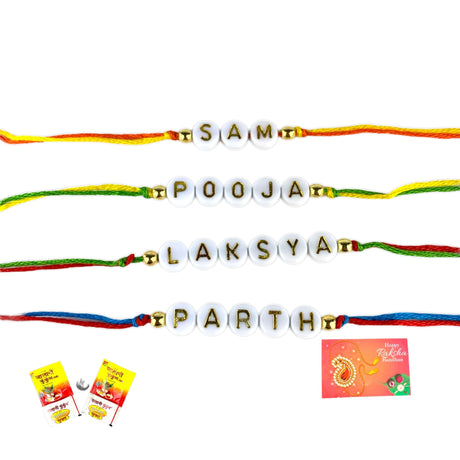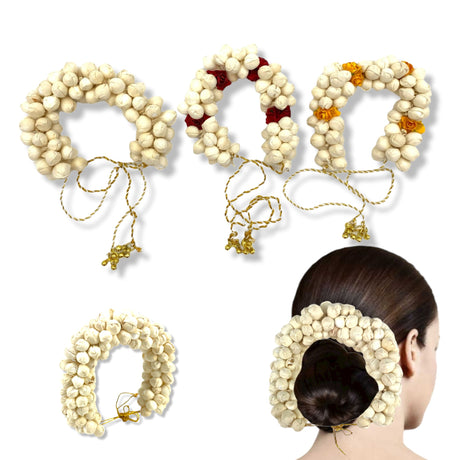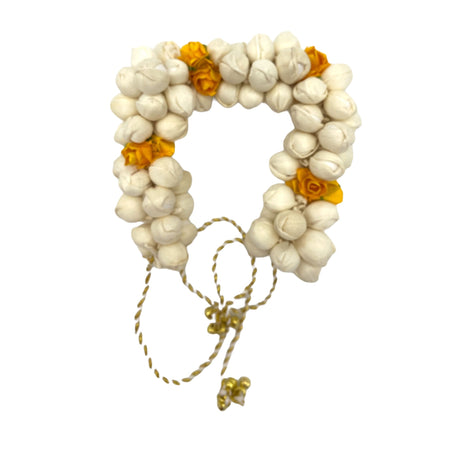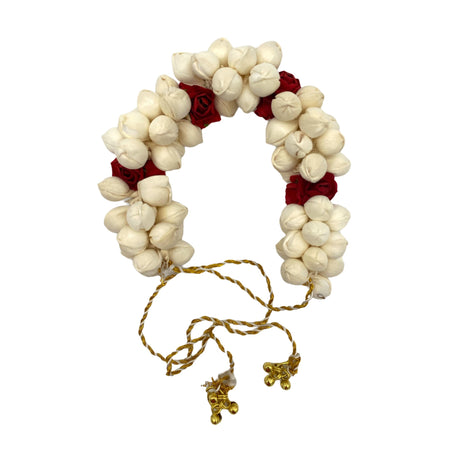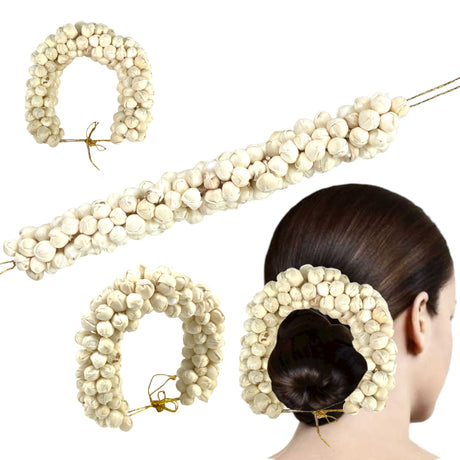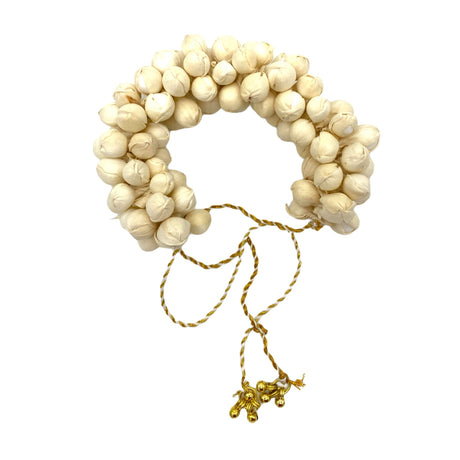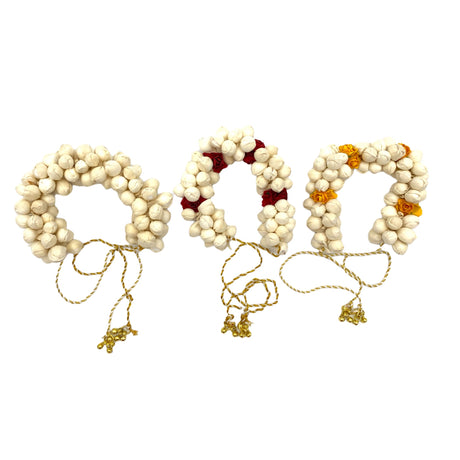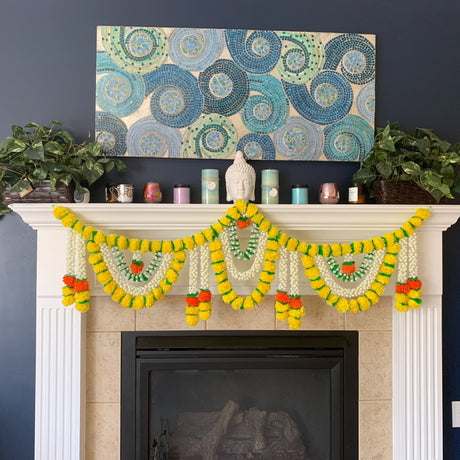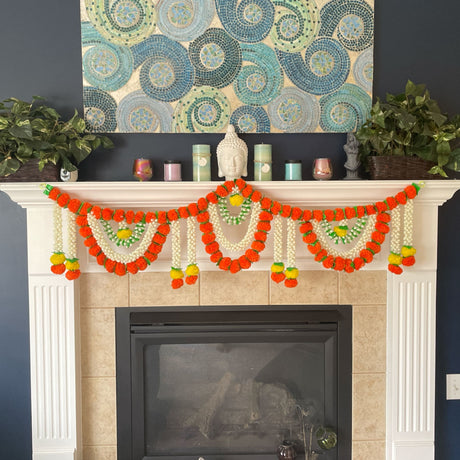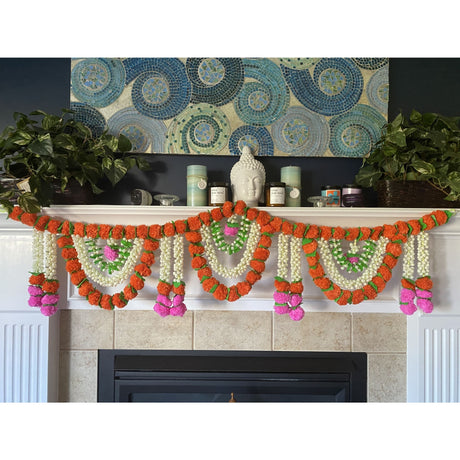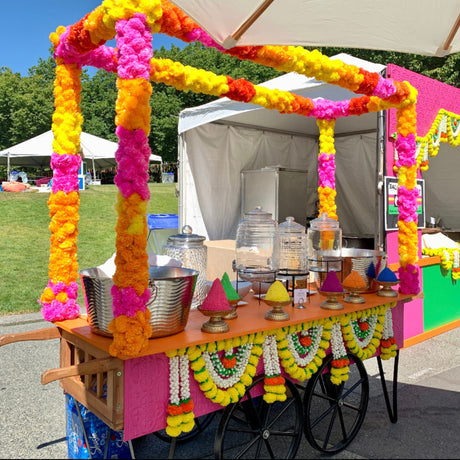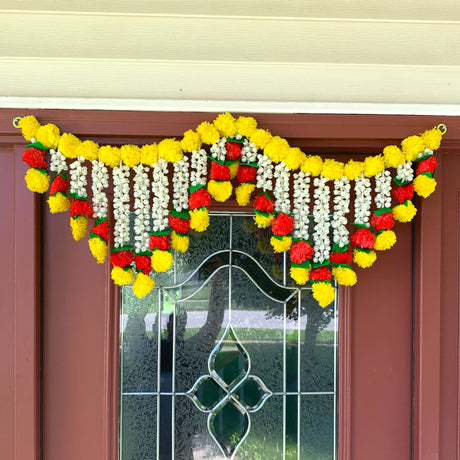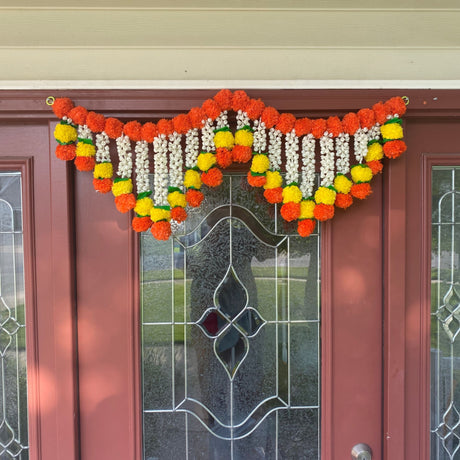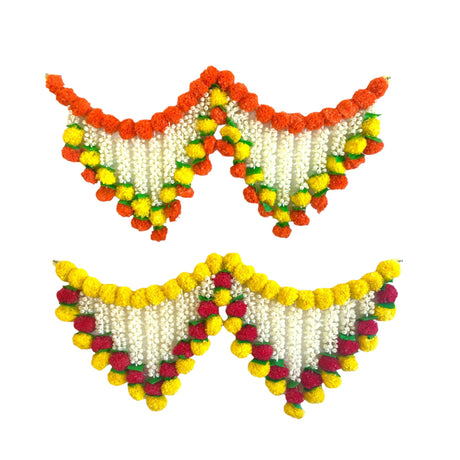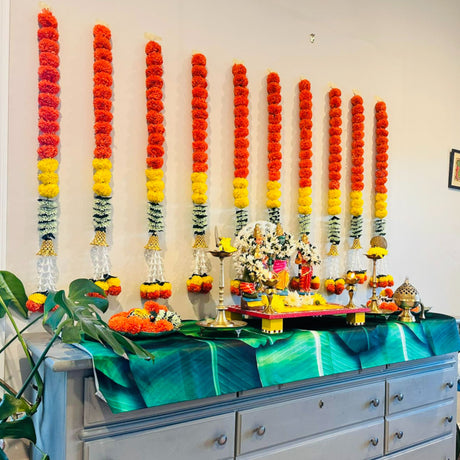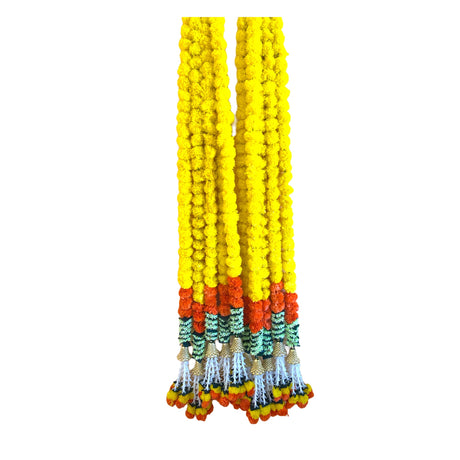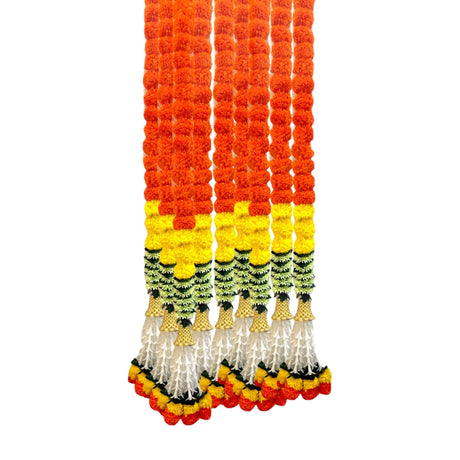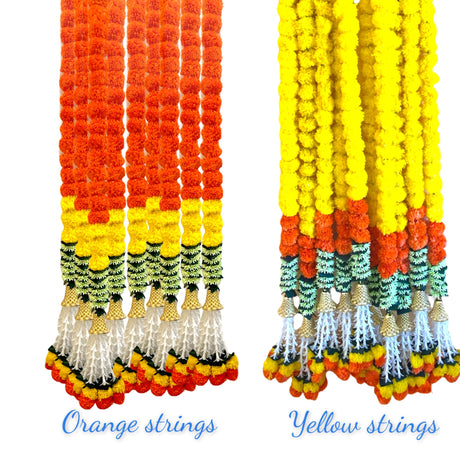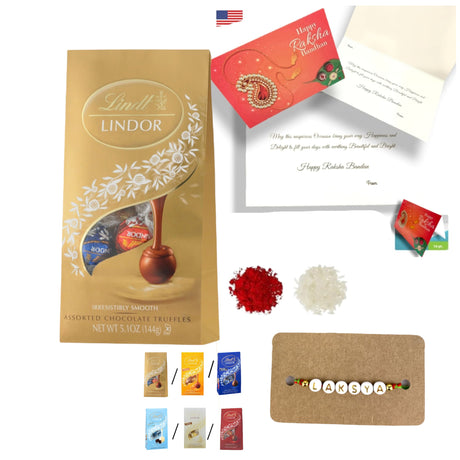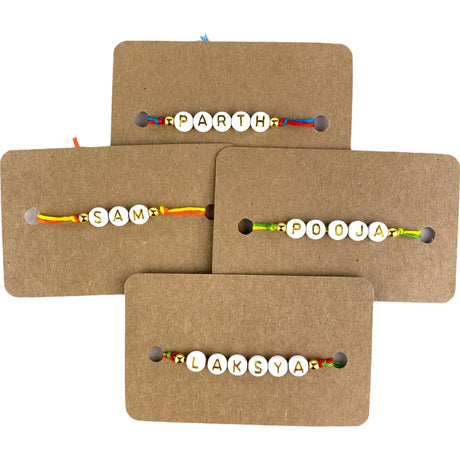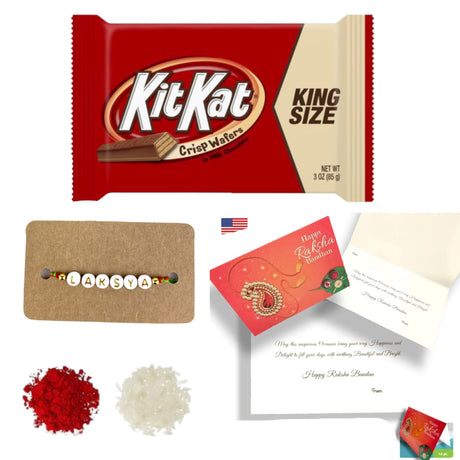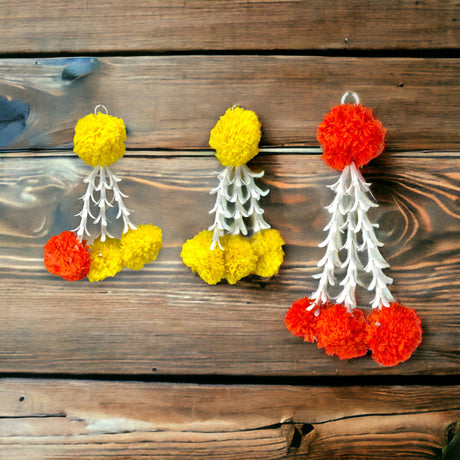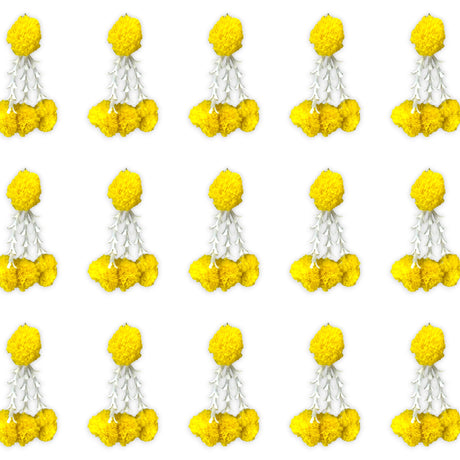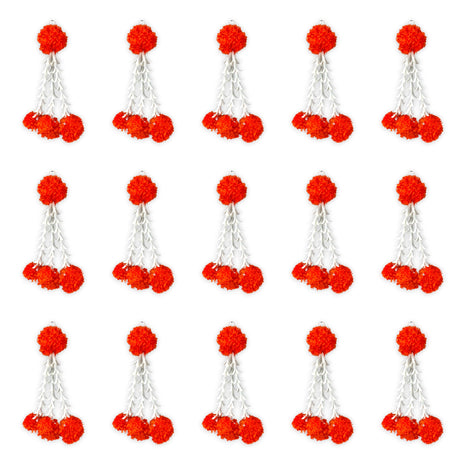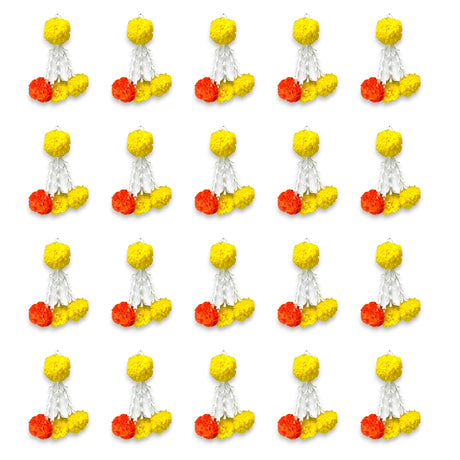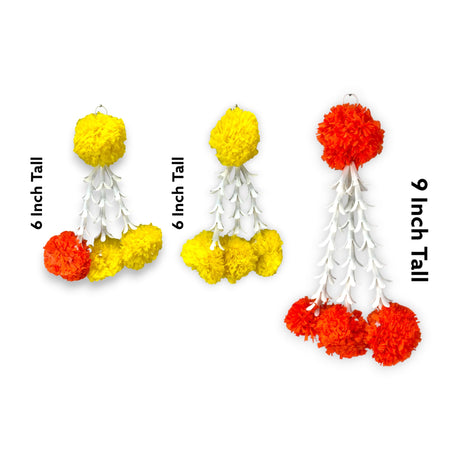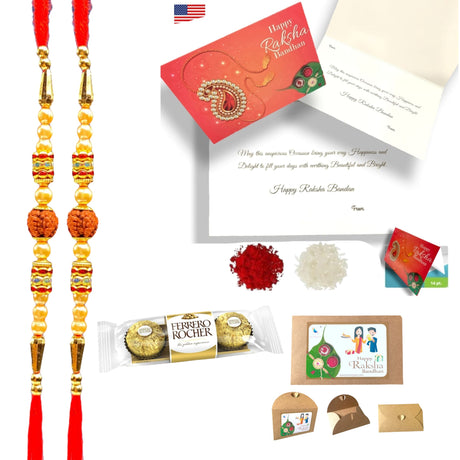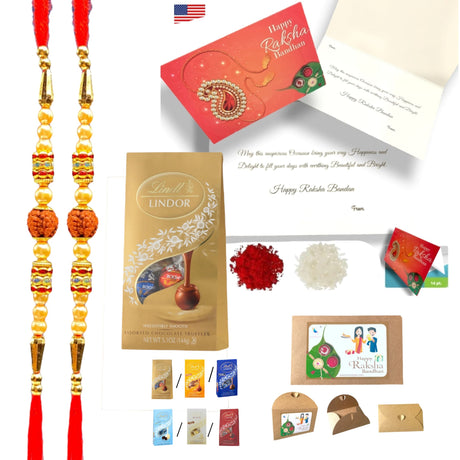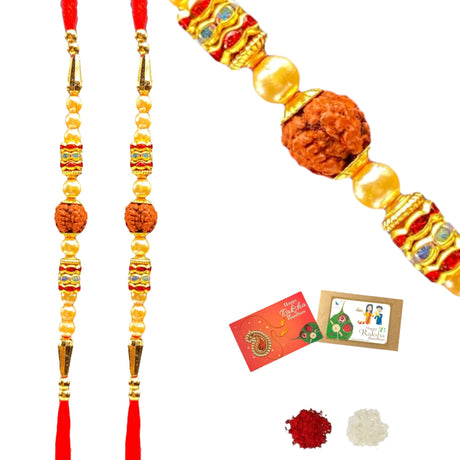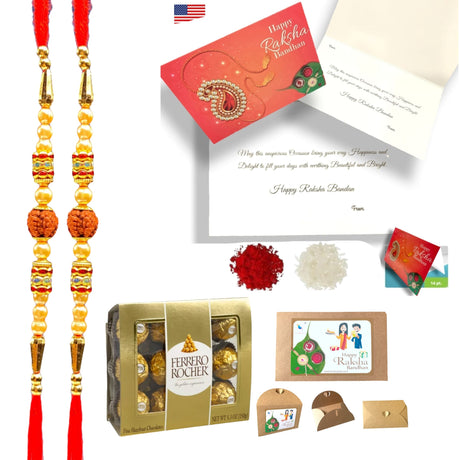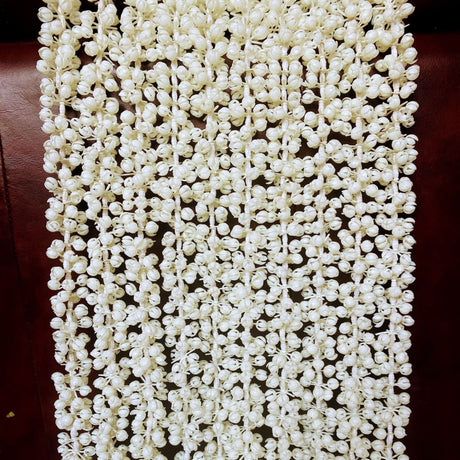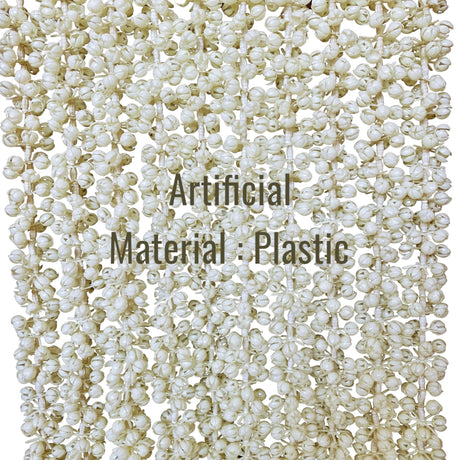Introduction
Día de Muertos, or the Day of the Dead, is a lively Mexican festival that honors deceased loved ones with vibrant altars decorated with special flowers. This culturally rich event happens on November 1-2, bringing families together in memory and love.
Key aspects include:
- Cultural Significance: The holiday blends indigenous beliefs with Catholic traditions, creating a unique mix of history and spirituality.
- Role of Flowers: Certain flowers are important for building meaningful altars. They are not just decorative but also act as spiritual guides for returning souls.
Experiencing Día de Muertos flowers personally strengthens the connection to this celebration. As a child, I remember helping my family arrange marigolds and cockscombs on our altar, feeling their lively energy fill our home with warmth and remembrance. Each flower whispered stories of those we loved, connecting life and death through these beautiful floral offerings.
The Symbolism Behind Day of the Dead Flowers
Flowers hold deep meaning in Mexican traditions, representing both life and death. The vibrant colors, sweet scents, and cultural significance of Day of the Dead flowers give them their powerful symbolism. They remind us that death is a natural part of life, encouraging families to celebrate instead of grieve.
Key Beliefs About Flower Offerings During Día de Muertos
Here are some important beliefs about why flowers are offered during the Day of the Dead celebration:
- Connection with the Afterlife: Flowers are believed to connect the living with the dead, helping spirits find their way back to their altars.
- Seasonal Blooms: Many flowers bloom in late October, which coincides with the timing of the celebration and reinforces their connection to life cycles.
- Cultural Significance: Each flower has its own meaning; for example, marigolds represent the sun and are thought to provide light for spirits.
The Day of the Dead flower crown beautifully represents these beliefs. It is often made with different types of flowers that symbolize cherished memories. When specific flowers are used in arrangements on altars, they create a colorful tapestry that enhances both visual beauty and spiritual connection. By embracing these floral traditions, we can make our celebrations more meaningful and strengthen the bonds between past and present generations.
Among these floral offerings, marigold strings are particularly popular. The artificial yellow-orange marigold strings serve not only as a decoration but also as a symbolic bridge connecting the realms of the living and the dead.

1. Marigold (Cempasúchil) - The Guiding Flower of Spirits
Marigolds, known scientifically as Tagetes erecta, are vibrant flowers that embody the essence of Día de Muertos. With their rich orange and yellow hues, they stand out on altars, symbolizing both the sun and the afterlife.
Unique Characteristics of Marigolds : Day of the Dead flowers
The unique characteristics of marigolds include:
- Color: Bright shades of orange and yellow, representing the warmth of life.
- Scent: A distinctive fragrance that is believed to attract spirits.
Cultural Significance of Marigolds in Día de Muertos
Cultural significance surrounds marigolds, making them a cornerstone of Día de Muertos celebrations. As the primary flower used in ofrendas (altars), they serve multiple purposes:
- Guiding Spirits: Traditional beliefs hold that the vivid color and scent of marigolds help guide the spirits back to their loved ones. The journey from the afterlife to the altar is thought to be made easier by these blossoms.
- Connection to Life and Death: Marigolds represent a bridge between the living and deceased, highlighting the cyclical nature of existence.
Incorporating marigolds into your Día de Muertos altar not only beautifies but also honors the memory of those who have passed, enriching this heartfelt celebration with their radiant presence. For those who may not have access to fresh marigolds, artificial marigold strings can serve as a beautiful alternative for decorating altars or other spaces during this significant time.

2. Chrysanthemum - A Symbol of Peace and Beauty
Chrysanthemums, often referred to as mums, hold a significant meaning during Día de Muertos. They represent peace and beauty, making them especially important for funerals and memorials.
Symbolism
In Mexican culture, chrysanthemums are associated with tranquility and are believed to bring comfort to grieving families.
Common Uses
These elegant blooms are frequently used in both Día de Muertos altars and funerary arrangements. Their striking white petals contrast beautifully with the vibrant colors of other flowers, creating a harmonious display that honors the deceased.
The gentle fragrance of chrysanthemums adds depth to the floral offerings, inviting a sense of calmness. As families gather around their altars, the presence of these flowers serves as a reminder of the beauty in life and the peace that follows after death.

3. Cockscomb (Cresta de Gallo) - The Flower that Comforts Mourning Souls
The cockscomb flower, also known as cresta de gallo, captivates with its unique appearance and vibrant colors. Resembling the crest of a rooster, these blooms come in rich shades of red, pink, and yellow, making them striking additions to any altar.
Symbolism associated with cockscomb runs deep within Mexican culture. Often linked to mourning, this flower serves as a poignant reminder of loss and remembrance. Its deep red hues evoke feelings of both comfort for those grieving and a connection to Christ's sacrifice.
Incorporating cockscomb into Día de Muertos altars not only beautifies the space but also provides solace to families honoring their loved ones. As one gazes upon these blossoms, they serve as an emotional bridge, connecting the living with cherished memories of those who have passed.

4. Gladiola - A Floral Tribute to Remembrance and Faithfulness
Gladiolas, known for their tall, striking blooms, embody the essence of remembrance and faithfulness. The gladiola meaning for remembrance is deeply rooted in its ability to convey heartfelt emotions, making it a poignant choice for Día de Muertos altars.
Why Choose Gladiolas?
Here are two reasons why you should choose gladiolas for your altar displays:
- Visual Appeal: Their elegant stature adds height and drama to floral arrangements, creating a captivating focal point.
- Symbolic Significance: Each bloom serves as a reminder of the loved ones being honored, reinforcing connections that transcend time.
Enhancing Altar Displays
Incorporating gladiolas into altar displays not only enhances aesthetics but also deepens the emotional resonance of the offerings. The vibrant colors found in this flower can beautifully complement the more traditional marigolds, making them an essential component in creating a meaningful tribute during the celebration of life and memory.

5. Wallflowers (Alhelíes) - Four-Petaled Messengers of Cherished Memories
Wallflowers, known as alhelíes, bring vibrant colors and deep emotional resonance to Día de Muertos altars. These flowers are available in a spectrum of hues—yellow, orange, purple, and white—each representing cherished memories of loved ones.
Symbolic Connection
The four petals of wallflowers symbolize the cycle of life, death, and remembrance. Their presence on altars serves as a gentle reminder of the bonds shared with those who have passed.
Creating Peaceful Atmosphere
Wallflowers contribute significantly to the serene ambiance of an altar. Their delicate fragrance and soft colors invite reflection and honor, allowing families to connect with their memories in a tranquil space.
As you adorn your altar with these beautiful blooms, let them serve as messengers of love and nostalgia, bridging the gap between the living and the departed.
6. Hoary Stocks - Innocent Blooms Honoring Deceased Children
Hoary stocks, also known as hoary stock gillyflower or night-scented stock, add a touch of elegance to Día de Muertos altars. These tall flowers have slender stems and clusters of small, fragrant blooms that come in various colors, mostly white and soft pastels. Their sweet aroma fills the air, creating a peaceful ambiance and a space for remembrance.

Symbolism of Hoary Stocks
Hoary stocks symbolize innocence. During Día de Muertos celebrations, these flowers hold special importance in honoring children who have passed away. The delicate blossoms serve as a heartfelt reminder of their purity, offering a loving tribute on altars.
Honoring Lives with Hoary Stocks
Families often place hoary stocks alongside photographs and cherished items, paying homage to the lives of their little ones. This choice of flower creates a calm atmosphere, inviting both memories and comfort for grieving families during this significant time.

7. Baby's Breath (Nube) - Delicate Whispers of Purity Love
Baby's Breath, known as nube in Spanish, embodies a delicate nature that resonates with the themes of purity and love. Its tiny white blooms create an ethereal presence, often symbolizing innocence and the enduring bond between loved ones.
- Symbolism: Associated with purity and love, Baby's Breath adds a gentle touch to any arrangement.
- Floral Crowns: Frequently used in floral crowns, these charming flowers enhance the beauty of the wearer while honoring the deceased.
- Altar Arrangements: The delicate blossoms are popular additions to Día de Muertos altars, where they complement bolder floral choices and contribute to a serene atmosphere.
Incorporating Baby's Breath into altar decorations not only beautifies the space but also serves as a heartfelt tribute to cherished memories and connections with those who have passed.

8. Carnations (Clavel) - Colorful Connections to the Deceased
Carnations, known as clavel in Spanish, are an essential part of Día de Muertos altars. They bring vibrant colors and carry deep symbolism. The different colors of carnations, such as red, pink, and white, have specific meanings:
- Red: Represents love and admiration.
- Pink: Signifies gratitude and appreciation.
- White: Symbolizes purity and remembrance.
The gentle scent of carnations adds to the sensory experience of floral offerings. This subtle fragrance enhances the altar, inviting spirits to join their loved ones in celebration. Carnations are often combined with other flowers, creating beautiful arrangements that pay tribute to the deceased.
Used in crowns, bouquets, or as individual displays, these flowers strengthen the emotional connection between the living and those who have passed away. Their presence on Día de Muertos altars serves as a colorful reminder of treasured memories and lasting bonds.
Creative Floral Arrangements for Altar Decorations
Creating beautiful Day of the Dead floral arrangements adds depth and vibrancy to your altar, enhancing its emotional significance. Here are some ideas for arranging different types of flowers:
1. Vases
Use a mix of tall and short vases to create varying heights. For instance, pair marigolds with shorter chrysanthemum stems. This layering not only showcases each flower's beauty but also adds dimension to the altar.
2. Garlands
String together marigolds and wallflowers in a colorful garland. This can be draped across the altar or used as a border around photographs and other offerings. The continuity of colors symbolizes the connection between life and death.
3. Wreaths
Create a circular wreath using cockscomb and gladiolas. This shape represents eternity, honoring the everlasting bond with those who have passed.
When combining various flower species, consider their individual meanings to create a harmonious arrangement. For example:
- Pairing baby's breath with carnations emphasizes purity alongside colorful connections to the deceased.
- Combining hoary stocks with wallflowers creates an atmosphere of peace and cherished memories.
Each arrangement becomes a tribute, weaving rich cultural traditions into your personal celebration of Día de Muertos.
Incorporating Flowers into Other Aspects Beyond Altars During Día de Muertos Celebrations
The beauty of Día de Muertos extends beyond altars, encompassing various decorations that honor loved ones.
1. Floral Arches
These vibrant structures serve as welcoming entrances at homes or cemeteries. Crafted from a mix of seasonal blooms, floral arches create an inviting atmosphere for family and friends gathering to remember the deceased. They symbolize the connection between the living and the spirits, framing a space filled with love and remembrance.
2. Wreaths
Traditionally made from fresh or dried flowers, wreaths find their place on altars or gravesites. Their circular shape represents eternity and the unbroken bond between life and death.
3. Star Shapes
Crafting five-point stars using petals or blooms carries deep significance in Mexican culture. Each point can represent one of the five elements—earth, water, fire, air, and spirit—honoring both the natural world and the souls of those who have passed.
These floral decorations enhance the visual storytelling during Día de Muertos celebrations, intertwining beauty with cultural meaning while fostering an environment for reflection and connection.
Conclusion: Embracing Tradition Through Meaningful Floral Choices For Your Own Celebration Of Life And Death
- Honor your customs around death by integrating personal touches, such as your favorite blooms, into the vibrant tapestry of Día de Muertos festivities.
- Reflect on the significance of day of the dead flowers, each chosen for their unique symbolism and connection to loved ones.
- Explore other cultural elements that enrich this celebration, including food, music, and dance, contributing to a heartfelt tribute that resonates across generations.
Embrace this opportunity to create a meaningful altar that speaks to your heart.












